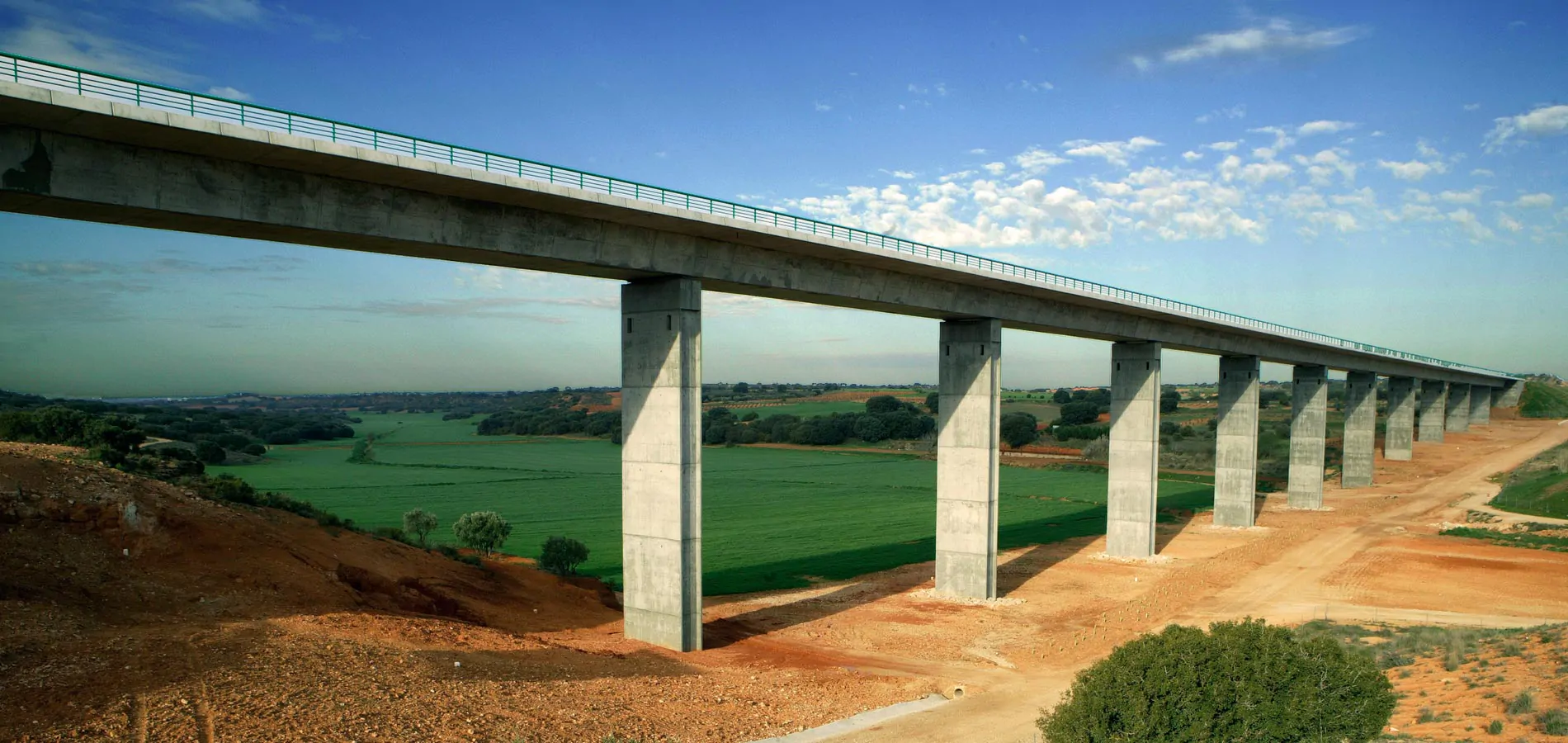high speed
High-speed rail networks enable fast and direct connections between cities, which have an unequivocal impact on economic and social development. In the case of Spain, the railway network has almost 16,000 km of railway lines, of which approximately 4,000 km are high-speed tracks.
These AVE lines must have particular characteristics to allow trains to run at more than 200 km/h (250 km/h on newly constructed lines specially built for high speed) The construction of high-speed railways requires high-quality standards to guarantee safety and service.
In this regard,Sando Construcción has participated in constructing high-speed railway infrastructures on almost all of the country’s AVE high-speed lines.
Spain’s high-speed rail network includes tracks explicitly built for high-speed trains, tracks already in existence and upgraded to allow trains to run at speeds of over 200 km/h, and tracks specially adapted for high-speed trains due to topographical, relief or urban environment difficulties, with speeds of less than 200 km/h, which are adjusted on a case-by-case basis.
High-speed track requirements
To allow high-speed trains to run, high-speed rail infrastructures must have unique characteristics that distinguish them from conventional lines. High-speed tracks are as straight as possible, without level crossings and fenced along their entire route. They are built with international gauges, have large horizontal curve radii, and gradients can be significantly higher than on other railways.
They also require wider platform widths to allow trains to cross at high speed, the changes in gradient are much smoother, the tracks used in their construction are of high-quality geometric and mechanical characteristics, and the tunnels need a larger cross-section. all these features make trains run safely at high speed while minimising noise and vibration.
The complexity of its design and execution is transferred to its conservation. The maintenance of high-speed tracks must be carried out in a predictive manner, applying the latest technologies and innovation, as Conacon Sando does in its railway services.
Finally, rail in general, and high-speed rail in particular, is an efficient transport alternative that reduces carbon emissions compared to other transport systems. The AVE has become a world reference for implementing high-speed railway lines in a country.

high speed
Shortening distances for a new mobility that connects us
high speed
We have participated in constructing almost all of Spain’s high-speed lines, putting our extensive experience and specialisation at the service of society.
We offer solutions that seek to contribute to expanding the railway infrastructure inside and outside Spain to facilitate fluid movements over long distances, favouring connectivity between people. To achieve this objective, we rely on Sando Construcción to execute the infrastructures and on Conacon Sando for maintenance